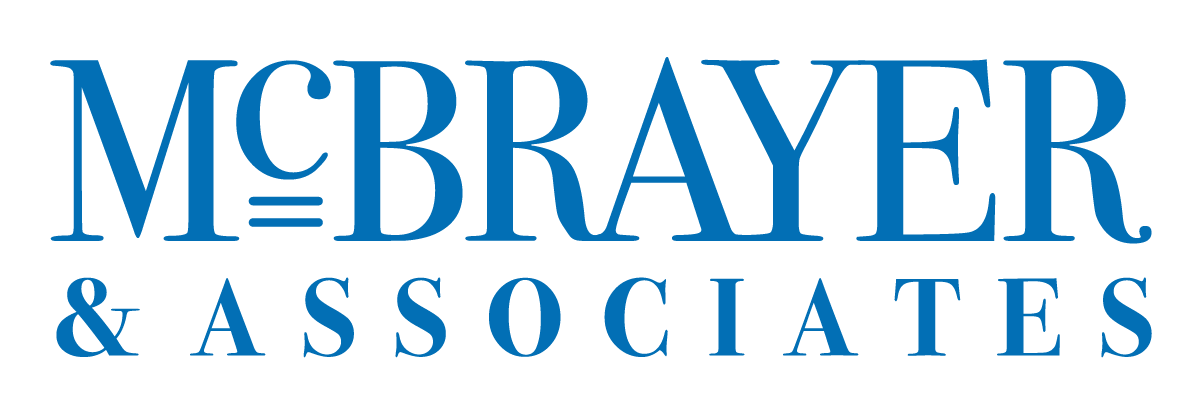How to Win in the First Business Meeting

Before the buying process begins, the business relationship should focus on providing the customer with a think-partner. Program on Persuasion’s corporate sales training shows sellers like you how to create relevant rapport, deliver the promised value, and establish our credibility.
Until we actually meet the buyers, we won’t know exactly what aspects interest them, but a little research goes a long way in anticipating what might interest them. This post teaches how to make and develop a worthwhile first business meeting between you and your prospect.
When you try to get your foot in the door—meaning developing the business relationship with a prospect who doesn’t know you or trust you—you need an education-based briefing.
Program on Persuasion’s education-based briefing has three goals:
- It allows you to start a relevant rapport. This means, rather than overusing small talk, the seller can carry the conversation with the prospect until they’ve built enough interest for the buyer to interject.
- The education-based briefing informs and educates your prospect in a full-industry analysis. By bringing value in the form of trends and statistics about the market that your prospect does not know, or by presenting the information in a new way, the education-based briefing brings value.
- Most importantly, it elevates you, the seller, to expert status. When done correctly, the Briefing positions the sales representative as the expert—raising their credibility—and begins a natural rapport with the client.
To be clear, the Education-Based Briefing is not about your company, your products, nor your services. That information constitutes selling, and that’s exactly what we’re trying to avoid.
What Information to Include and Where to Find It
Instead, our corporate sales training shows how to include the following, relevant and valuable information for your prospects:
- market patterns
- failure rates
- expert projections
- patterns of problems
- problems with solutions
- segmentation breakdowns
- common mistakes.
To find this information, you can access such resources as government websites, industry journals, trade associations, industry blog, and industry magazines. Many industries also have leaders that provide State of the Industry Webinars at no charge.
One important aspect of building a briefing is documenting your source. This helps you by providing a credible, third party source, demonstrating that you are not pushing an agenda, and showing that you are only trying to establish a relationship with them.
How to Field Objections
We should also note that your prospect will not always agree with your data, but you should not feel as though you need to defend it—after all, you do not own it. If it is a credible and documented source, though, the most likely disagreement is that the research is a national number and not the case in their smaller market. One other possible disagreement is that your research will likely be based on national averages, and your buyer is not average, but above or below.
How to Deliver
When leading the Education-Based Briefing, we should move through the information at a quick pace but not so fast that the buyer can’t follow us. Ideally, the speed of our presentation lets the prospect follow our message, but it is not so slow that they can become bored on any one piece of information.
Here’s what typically happens in the business relationship when the buyer becomes interested in a piece of information: the buyer will interrupt. He or she will ask you to back up a slide or two to illuminate the aspect that interested them.
Occasionally, the prospect will bite at something from disagreement—that is perfectly okay. The objective in this aspect of the corporate sales training was to engage them in the conversation, and now you have done just that. It is easy to avoid conflict by side-stepping any personal attack. But this is impersonal, third-party research, and you understand that every piece of information may not ring true for every single buyer. When a buyer disagrees with the briefing, ask them to tell you more. The purpose of the briefing is to create credibility and establish rapport, and by asking the buyer to elaborate you open a dialogue that executes the objectives.
Tips to Remember
The ultimate goals of this part of our corporate sales training is to get the sellers into the business relationship earlier, position them as an expert, and keep them in a space so that they can watch the issues develop.
Here are the tips that we must consider when developing and delivering the Education-Based Briefing.
- Focus on the buyer. Everyone’s favorite subject is themselves, their business. When we bring value in the form of information and discussion, we build our Likeability factor.
- Deliver a value. Through educating the prospect about his/her industry, you earn the right to ask Discovery Questions through Reciprocity.
Conclusion
To recap, here’s what we do versus what we don’t.
We should educate about the market, and not push the prospect away by pushing a product or service.
We should educate about the market, not about our features.
We focus on the buyer, not the benefits of our solution.
Finally, and most importantly, our overall objective is to create a dialogue, not a solution. By opening a dialogue, we avoid the biggest mistake that sellers make, offering our solution too soon. We replace our initial sales pitch with an educational briefing.
Photo by Olu Eletu.
